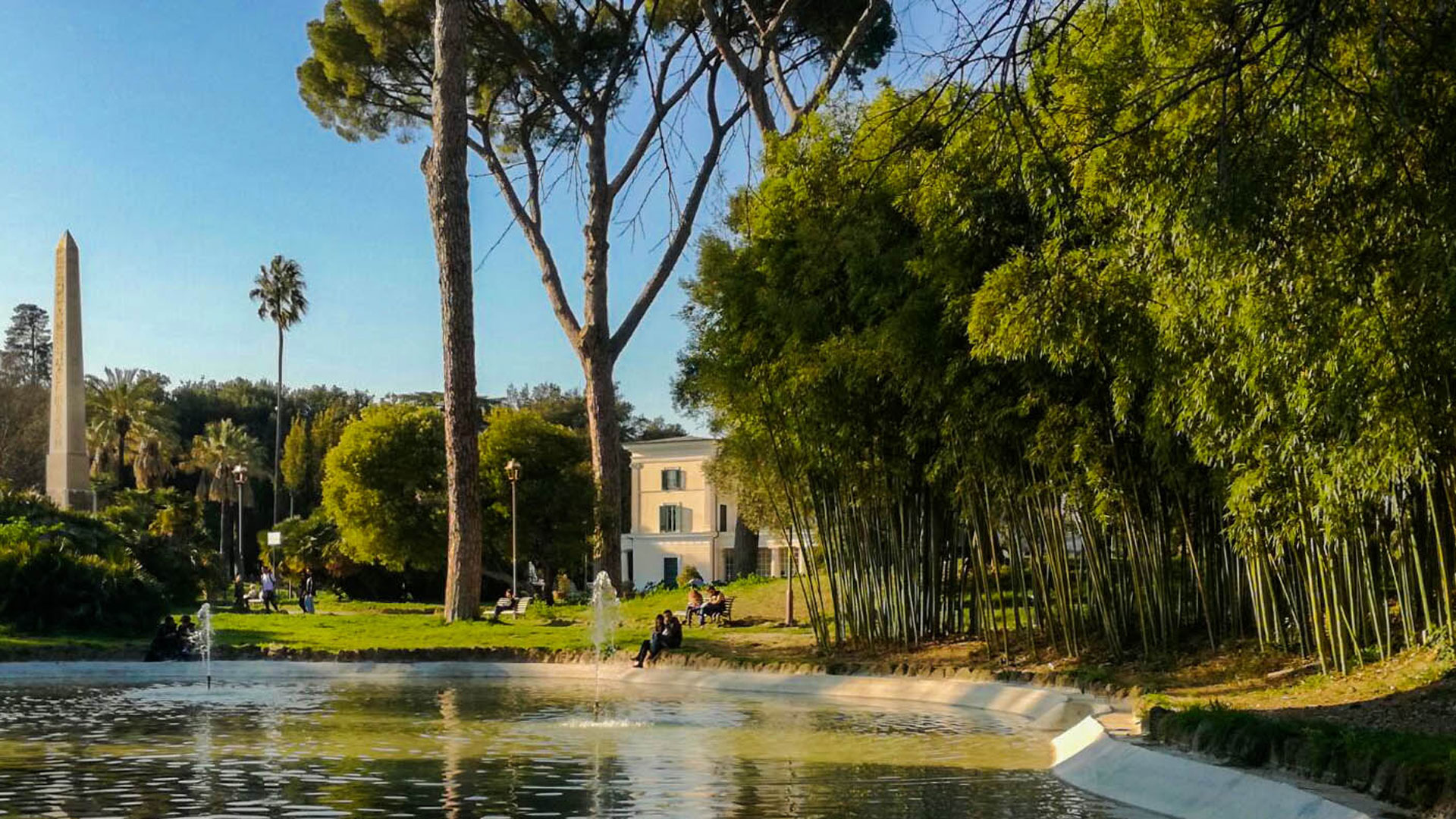
Ursprünglich gehörte die Villa Torlonia der Familie Pamphilj und war eines von mehreren landwirtschaftlichen Anwesen mit üppigen Obstgärten, Weinbergen und Schilfgürteln entlang der Via Nomentana. Im Jahr 1760 von der Familie Colonna erworben, wurde sie Ende des 18. Jahrhunderts an den Bankier Giovanni Torlonia verkauft, der Giuseppe Valadier beauftragte, das ländliche Anwesen durch den Bau des Casino Nobile, des Casino dei Principi und der Scuderie in eine prächtige Residenz zu verwandeln.
1832 beauftragte der Erbe Alessandro Torlonia den Architekten und Maler Giovan Battista Caretti mit der Fortsetzung der Verschönerungsarbeiten und dem Bau weiterer Gebäude, wie dem Saturntempel, den Scheinruinen im neoklassizistischen Stil, einer Tribüne mit Brunnen, einem Amphitheater und dem charakteristischen Caféhaus.
Alessandro Torlonia beauftragte daraufhin zwei weitere Architekten: Quintiliano Raimondi für das Theater und die Orangerie (heute gemeinhin „Limonaia“ genannt) und den Landschaftsarchitekten Giuseppe Jappelli, der für die Gestaltung des gesamten südlichen Teils der Villa verantwortlich war. Entsprechend der Vorliebe für romantische Gärten im „englischen Stil“ wurde dieser Bereich mit unregelmäßigen Wegen, Teichen und exotischen Pflanzen völlig gestaltet. Die Villa wurde mit Gebäuden und Außenanlagen von ungewöhnlichem Geschmack geschmückt: die Capanna Svizzera (Schweizer Hütte), die Serra (Gewächshaus), der Turm, die Grotta Moresca (maurische Grotte), der Turnierplatz. Im Jahr 1842 wurden zwei Obelisken aus rosafarbenem Granit hinzugefügt, die dem Andenken an die Eltern von Alessandro Torlonia (Giovanni und Anna Maria Torlonia) gewidmet sind.
Der neue Erbe der Torlonia, Giovanni, baute das Villino Medievale, eine neue Grenzmauer, das Villino Rosso, das Villino di Guardiania (Wachhaus), und verwandelte die Capanna Svizzera in die eklektische Casina delle Civette (Haus der Eulen).
Nach einer langen Zeit der Vernachlässigung wurde die Villa von 1925 bis 1943 zur Residenz der Familie Mussolini. Die Familie wohnte im Palazzo, während das Villino Medievale und die Limonaia für Feste und kulturelle Veranstaltungen genutzt wurden und der Turnierplatz als Tennisplatz diente. Der Park wurde stattdessen in Kriegsgärten umgewandelt: Weizen- und Kartoffelanbau, Hühnerställe und Kaninchenställe. Von Juni 1944 bis 1947 war der Komplex von anglo-amerikanischen Truppen besetzt.
Im Jahr 1978 wurde die Villa Torlonia von der Stadt Rom erworben und in einen öffentlichen Park mit prächtiger Vegetation umgewandelt: Steineichen, Bambus, Johannisbrotbäume, blaue Palmen, kalifornische Palmen, jahrhundertealte Kastanienbäume und Obstbäume, darunter Feigen, Kirschen, Pflaumen, Apfelbäume und Apfelbäume.
Heute erstrahlt die Villa in neuem Glanz und bietet der Öffentlichkeit drei Ausstellungsorte: das Museum der Casina delle Civette, das der künstlerischen Glasmalerei gewidmet ist, das Museum Casino Nobile, das die Sammlung der Römischen Schule beherbergt, und das Casino dei Principi, das die Archive der Römischen Schule beherbergt und Raum für Wechselausstellungen bietet.
In La Limonaia befindet sich ein angenehmer Erfrischungsraum, während im angrenzenden Villino Medioevale die Spielzeugbibliothek Technotown untergebracht ist.
Musei di Villa Torlonia - Casino Nobile
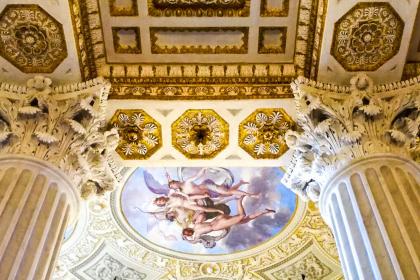
 Condividi
Condividi
Musei di Villa Torlonia - Casina delle Civette (Haus der Eulen)
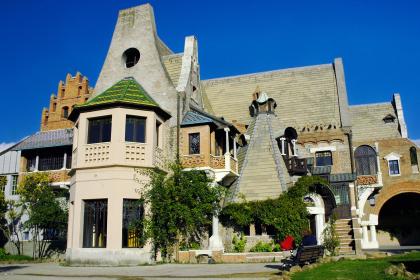
 Condividi
Condividi
Museen der Villa Torlonia – Casino dei Principi
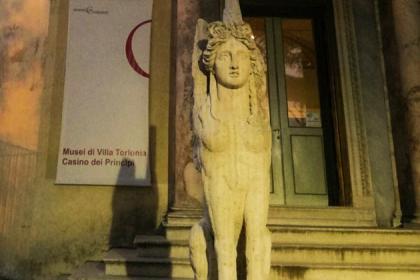
 Condividi
Condividi
Technotown - Kreativzentrum für Wissenschaft
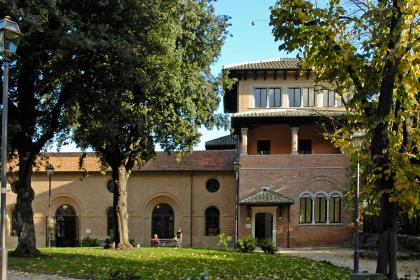
 Condividi
Condividi
Informationen
From 1 October to 31 March from 7. 00 19.30From 1 April to 30 September from 7. 00 to 20.30Closed: 1st January, 25 December
Bicycles are not allowed
 Condividi
Condividi
Locations
Um mehr über alle barrierefreien Dienste zu erfahren, besuchen Sie den Abschnitt barrierefreies Rom.











































